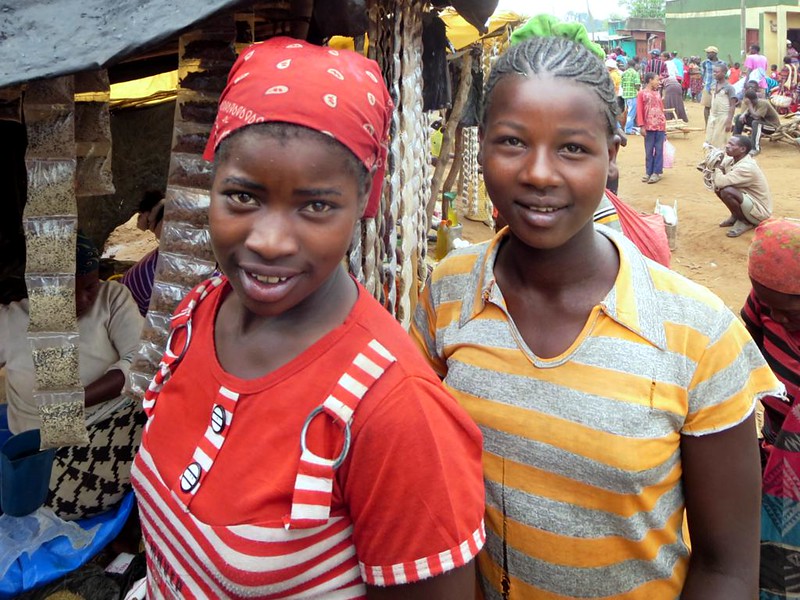 For people living in extreme poverty around the world, access to basic needs such as food, water, shelter and medical care is a daily struggle. In addition to this, women face another challenge — access to menstrual products like pads and tampons. In fact, 1 million women worldwide cannot afford sanitary products. This issue, called “period poverty,” is one that many people and organizations are trying to combat. Here are five feminine products that give back to women around the world.
For people living in extreme poverty around the world, access to basic needs such as food, water, shelter and medical care is a daily struggle. In addition to this, women face another challenge — access to menstrual products like pads and tampons. In fact, 1 million women worldwide cannot afford sanitary products. This issue, called “period poverty,” is one that many people and organizations are trying to combat. Here are five feminine products that give back to women around the world.
5 Feminine Product Companies that Give Back to Women
- Cora – Cora is a company that sells organic tampons whose mission is to fight period poverty. Cora uses a portion of its monthly revenue to provide sustainable period management for women in India. The company also empowers women through employment and education opportunities. According to the company website, “with every Cora purchase, we provide pads and health education to a girl in need. We use the power of business to fight for gender equality and to provide products, education and jobs to girls and women in need in developing nations and right here at home.”
- Lunapads – Lunapads is a feminine product company that has been supporting menstrual and reproductive health as well as access to period education in the Global South since 2000 through an organization called Pads4Girls. Pads4Girls educates women about healthy and economically efficient period products, such as the use of washable cloth menstrual pads and underwear that can last for years. Pads4Girls has helped to supply 100,000+ reusable menstrual pads and period underwear to more than 17,000 menstruators in 18 different nations.
- Days for Girls – Days for Girls is an international organization whose mission is to address global issues surrounding period poverty and provide education and access to menstrual products to those living in poverty. The organization has been working to achieve this goal by developing global partnerships, cultivating social enterprises, mobilizing volunteers and innovating sustainable solutions that shatter stigmas and limitations for women and girls. To date, the Days for Girls movement has reached 1 million girls and counting.
- Bloody Good Period – Bloody Good Period is a period company based in the U.K. Gabby Edlin, the founder of the company, decided to do something about creating a sustainable flow of menstrual products for those who cannot afford them in the U.K. Bloody Good Period also sells merchandise and hosts events that highlight the stigmas around menstrual health and issues surrounding period poverty. The organization supplies 25 asylum seeker drop-in centers based in London and Leeds and supplies food banks and drop-in centers across the U.K. with period supplies.
- Sustainable Health Enterprises (SHE) – Sustainable Health Enterprises (SHE) is an organization whose main goal is to help women in Rwanda jumpstart locally owned franchises and businesses to manufacture and create affordable and eco-friendly pads. SHE works with local businesses to produce these pads with local farmers and manufacturing teams and works with these businesses on making pads affordable for those around the country. SHE also trains community health workers on how to provide education to boys and girls about puberty and menstrual hygiene. So far, SHE has allowed 60,101 girls and women living in poverty to have access to pads, and its mission has reached 4.3 million people through advocacy and social media.
Although the issue of period poverty continues to be a constant struggle for women and girls around the world, these were five feminine products that give back to women.
– Natalie Chen
Photo: Flickr

 The Democratic Repulic of the Congo (DRC) has been ravaged by violence and a deadly Ebola epidemic. Thousands have died, however, there may be hope on the horizon. A vaccine and
The Democratic Repulic of the Congo (DRC) has been ravaged by violence and a deadly Ebola epidemic. Thousands have died, however, there may be hope on the horizon. A vaccine and 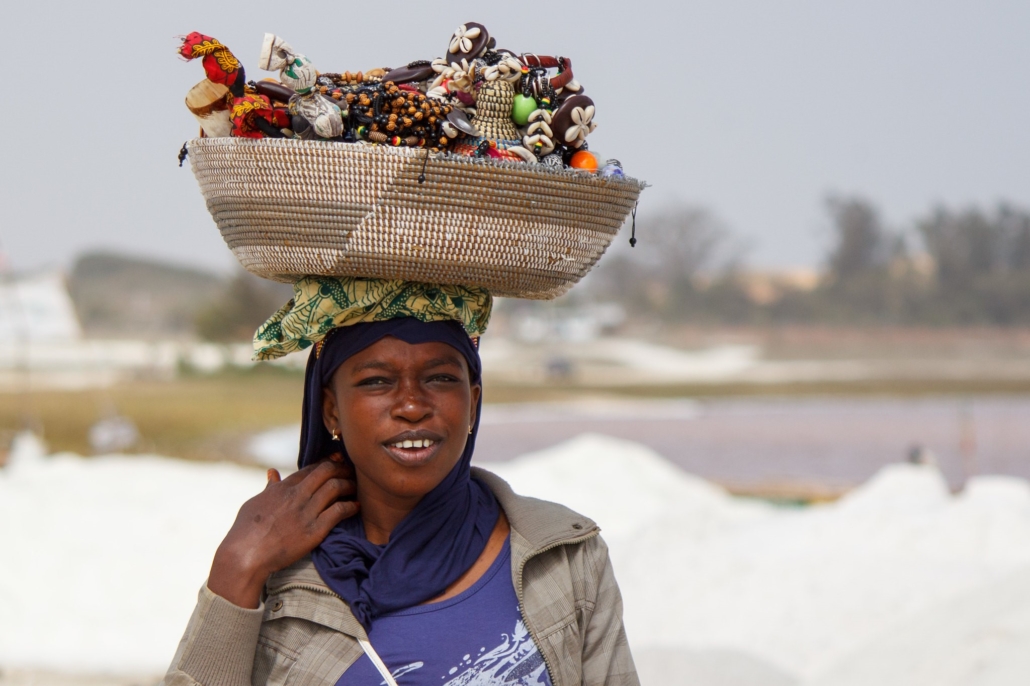

 Culture can make or break the development of societies. In its variety of forms, art has the power to preserve elements of cultures that are disappearing under the effects of globalization. Additionally, it can be used to provide an economic boost to impoverished communities. Keep reading to learn more about the top four organizations fighting poverty through art.
Culture can make or break the development of societies. In its variety of forms, art has the power to preserve elements of cultures that are disappearing under the effects of globalization. Additionally, it can be used to provide an economic boost to impoverished communities. Keep reading to learn more about the top four organizations fighting poverty through art.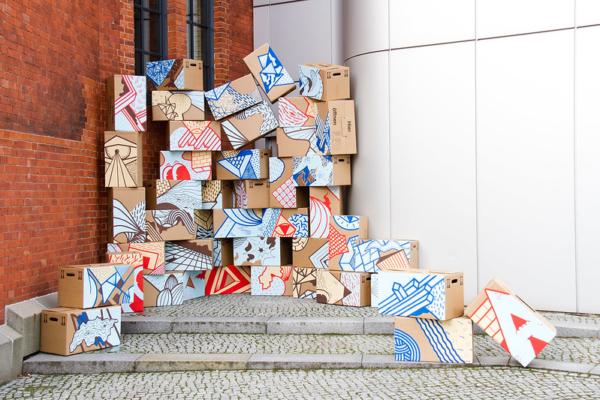 Operating under a set of core ethics, sustainable fashion brands eliminate harsh impacts on the environment while also providing safe workplaces and fair wages for the individuals making the products, the majority of whom are women. U.N. Women says
Operating under a set of core ethics, sustainable fashion brands eliminate harsh impacts on the environment while also providing safe workplaces and fair wages for the individuals making the products, the majority of whom are women. U.N. Women says 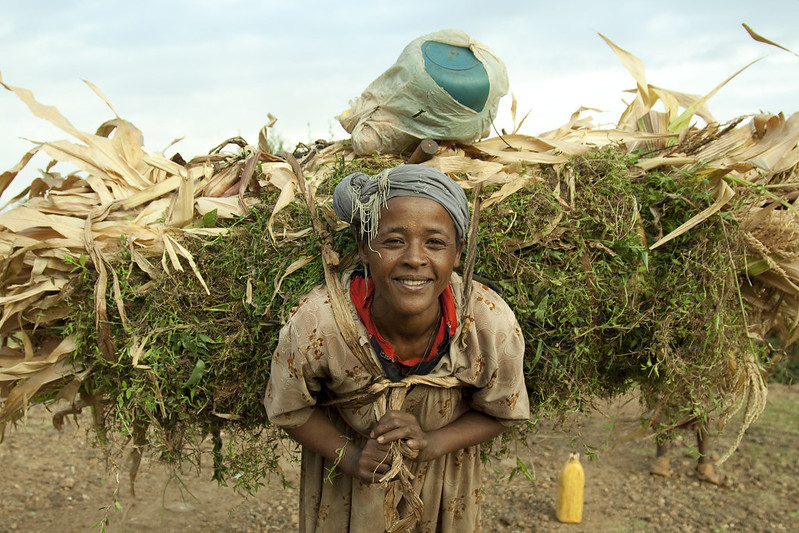

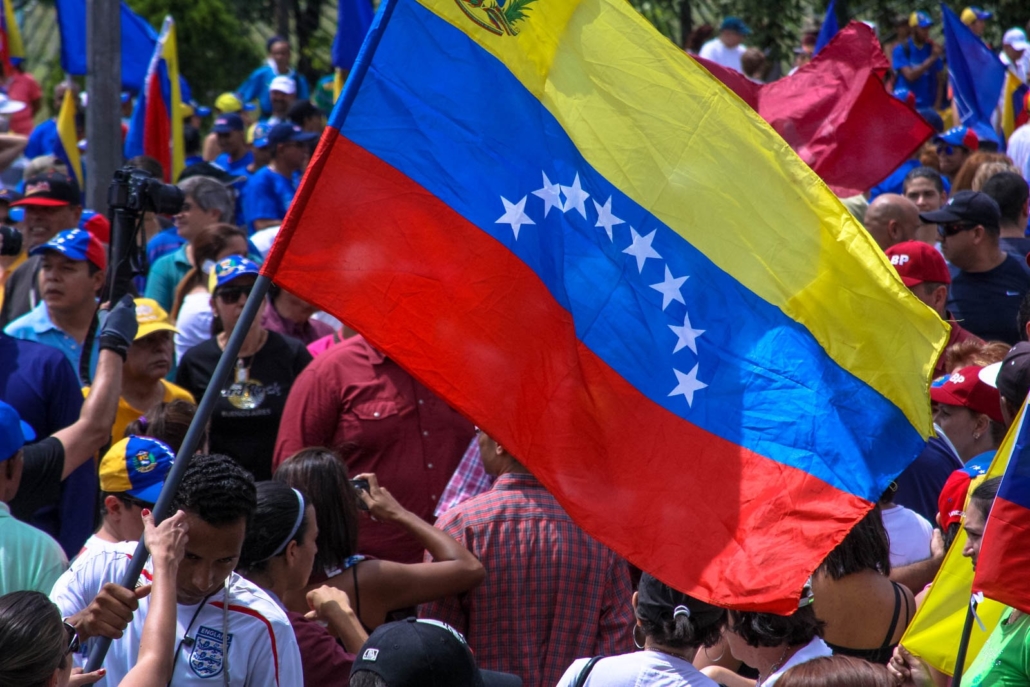
 Coffee is the world’s second-favorite drink, only behind water. In the U.S., Americans drink more than
Coffee is the world’s second-favorite drink, only behind water. In the U.S., Americans drink more than